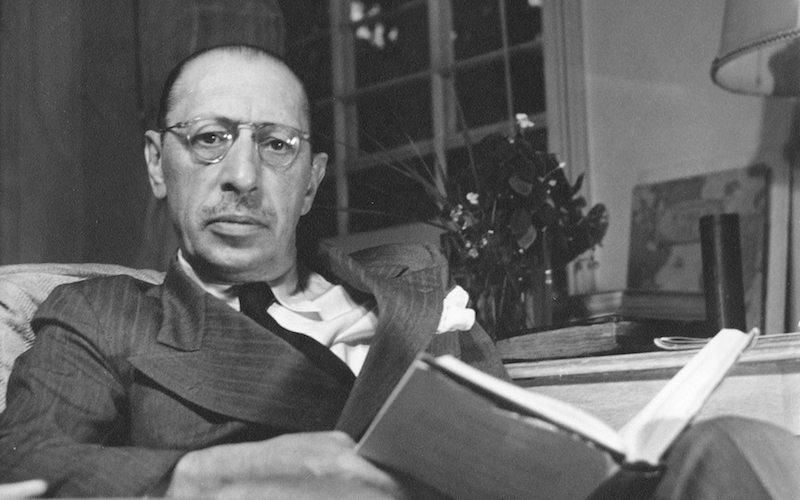Stravinsky
Episode #10 of the course “Famous classical music composers”
20th-century Russian composer Igor Stravinsky is known as perhaps the greatest classical musical revolutionary. Stravinsky was inspired by other Russian composers as well as music from around Europe. Pushing the bounds of experimentation, his compositions exploded with rhythmic devices that broke with conventions. He combined instrument accompaniments in new and unique ways, exploring the harmonies and melodies created by playing rarely-paired instrumental timbres off one another. His style is described as idiosyncratic and and eccentric. Stravinsky’s style plays with tonality, and he is recognized more for his influence on the theories and composition of 20th-century musical rhythms than as having an influence on harmony or melody in musical theory.
Stravinsky’s career began to disrupt classical music with his ballet scores, which are seen as part of his traditional Russian period. Perhaps his most well-known piece is his 1913 ballet and orchestral composition The Rite of Spring. The score plays with tonality, meter, dissonance, and stress, making it one of the most unique compositions of sound. The opening performance caused rioting and a violent public scandal. The music was so vibrant and the story so emotional that there are even reports of fistfights in the audience. Walt Disney later used the song for the film Fantasia.
The later opera, The Rake’s Progress, is representative of Stravinsky’s second career period, dedicated to Neoclassical revival. It is also his only full-length opera. The strongest example of Stravinsky reinvigorating classical musical structures, it is a bright, lively piece that combines the experimental rhythmic devices of his early career with a return to a focus on counterpoint. Considered by many to be one of the greatest composers of all time, Igor Stravinsky’s work is still practiced and performed in musical halls around the world.
Share with friends

